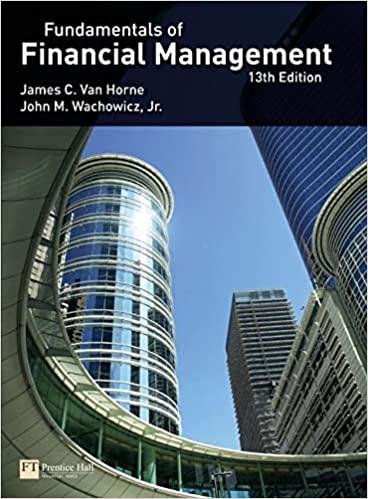Question
1. A saver places $1,000 in a certificate of deposit that matures after 20 years and that each year pays 4 percent interest, which is
1. A saver places $1,000 in a certificate of deposit that matures after 20 years and that each year pays 4 percent interest, which is compounded annually until the certificate matures. a) How much interest will the saver earn if the interest is left to accumulate? b) How much interest will the saver earn if the interest is withdrawn each year? c) Why are the answers to (a) and (b) different? 2. At the end of each year a self-employed person deposits $1,500 in a retirement account that earns 7 percent annually. a) How much will be in the account when the individual retires at the age of 65 if the contributions start when the person is 45 years old? b) How much additional money will be in the account if the individual stops making the contribution at age 65 but defers retirement until age 70? c) How much additional money will be in the account if the individual continues making the contribution but defers retirement until age 70? d) Compare the answers to (b) and (c). What is the effect of continuing the contributions? How much is the difference between the two answers? 3. A saver wants $100,000 after ten years and believes that it is possible to earn an annual rate of 8 percent on invested funds. a) What amount must be invested each year to accumulate $100,000 if (1) the payments are made at the beginning of each year or (2) if they are made at the end of each year? b) How much must be invested annually if the expected yield is only 5 percent?
Step by Step Solution
There are 3 Steps involved in it
Step: 1

Get Instant Access to Expert-Tailored Solutions
See step-by-step solutions with expert insights and AI powered tools for academic success
Step: 2

Step: 3

Ace Your Homework with AI
Get the answers you need in no time with our AI-driven, step-by-step assistance
Get Started


